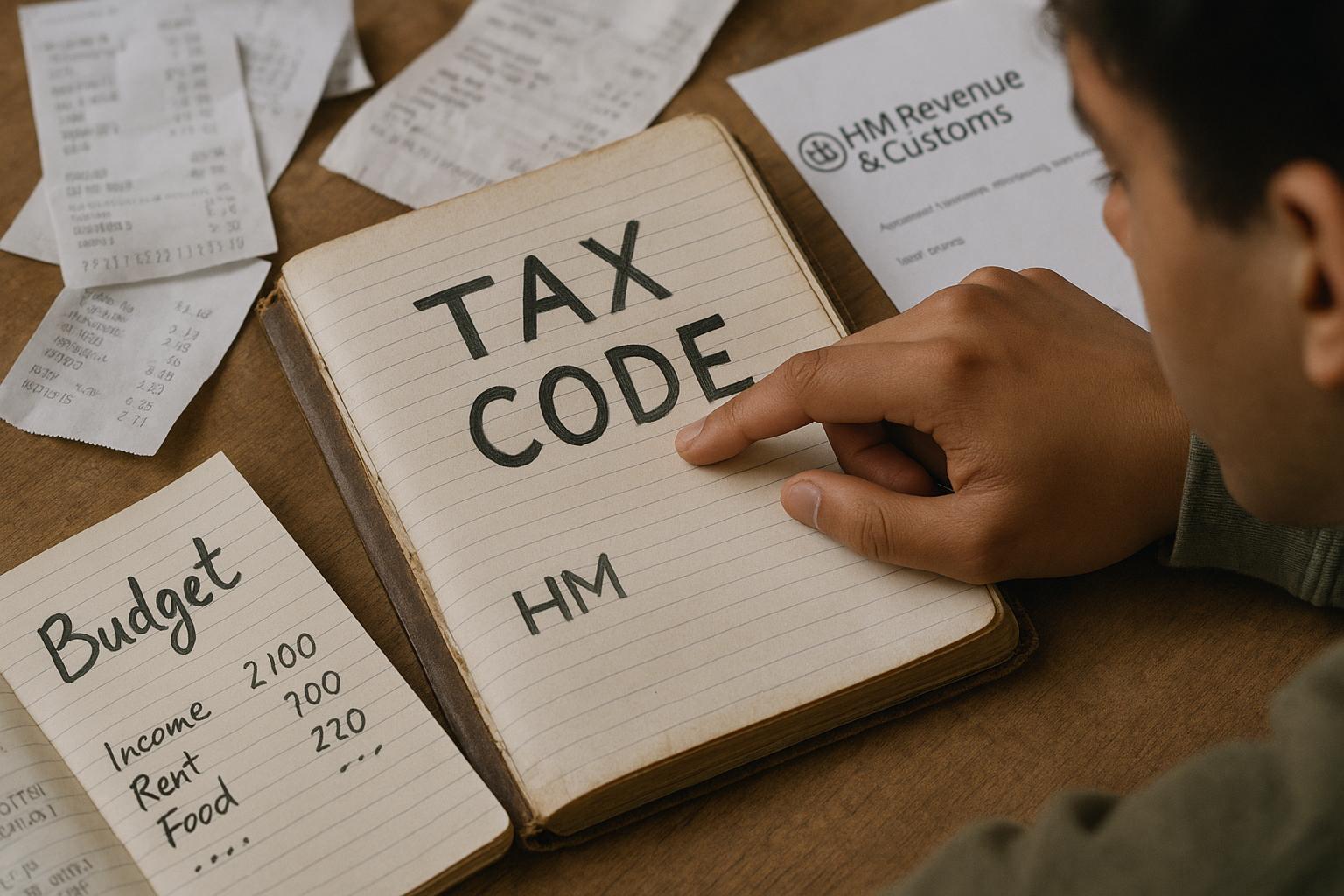A critical gap in life skills education is the lack of understanding about HM Revenue and Customs (HMRC) processes, particularly the taxation of personal earnings for young people entering the workforce. This issue was highlighted by William Alexander, an employer who finds that many school leavers struggle to comprehend how the Pay As You Earn (PAYE) system, national insurance contributions, tax codes, and student loan repayments are calculated. Essential forms such as P6, P9, P45, P60, and P85, which facilitate the transition into employment, are often not well understood by new workers, complicating their financial literacy and readiness for adulthood.
The P45 form, for instance, is used when an employee leaves a job and records pay and tax deductions to ensure accurate income tax handling, including student loan repayments. Government guidance clarifies the roles of these forms: the P60 summarizes an employee’s annual earnings and tax deductions; the P85 notifies HMRC when an individual leaves or plans to leave the UK; and the P9 is used to update tax codes for the following tax year. Proper understanding of these documents is fundamental for smooth payroll administration and accurate personal taxation, but young employees often enter the workforce without this knowledge.
Furthermore, compliance with HMRC regulations regarding student loan deductions requires employers to adhere to specific rules. When an employee leaves a job, employers must know when to continue or cease student loan repayments, as stipulated by HMRC notices, and make corresponding entries on forms such as the P45. Self Assessment tax returns also need to correctly account for payrolled benefits in kind, like company cars or private medical insurance, which can affect student loan repayment amounts. The government provides detailed instructions to ensure agents and employers manage these complexities correctly, but this information is rarely incorporated into school curricula.
Educational resources from tax experts recommend that new employees receive clear, accessible guidance on payslips, tax codes, and their rights and responsibilities under the PAYE system. Understanding payslips and payroll forms can empower young workers to manage their finances better, identify errors, and engage with tax authorities confidently. However, historically, life skills teaching has often been uneven, with some schools focusing on domestic science or other non-financial skills to the exclusion of economic and tax literacy, as recounted by letter writers reflecting on their school experiences.
Given this landscape, incorporating practical lessons on tax and payroll systems into life skills education could provide young people with vital knowledge to navigate the complexities of personal finance. Teaching about HMRC procedures, tax deductions, and key payroll documents would demystify employment basics, fostering financial independence and confidence as students transition into the working world.
📌 Reference Map:
- [1] (The Guardian) - Paragraph 1, Paragraph 6
- [3] (UK Government, P45 Manual) - Paragraph 2
- [5] (University of Oxford, Payroll Tax) - Paragraph 2
- [4] (UK Government, Special Rules for Student Loans) - Paragraph 3
- [2] (UK Government, Student Loans Tax Reporting) - Paragraph 3
- [6] (Low Incomes Tax Reform Group) - Paragraph 4
- [1] (The Guardian) - Paragraph 5
Source: Noah Wire Services
